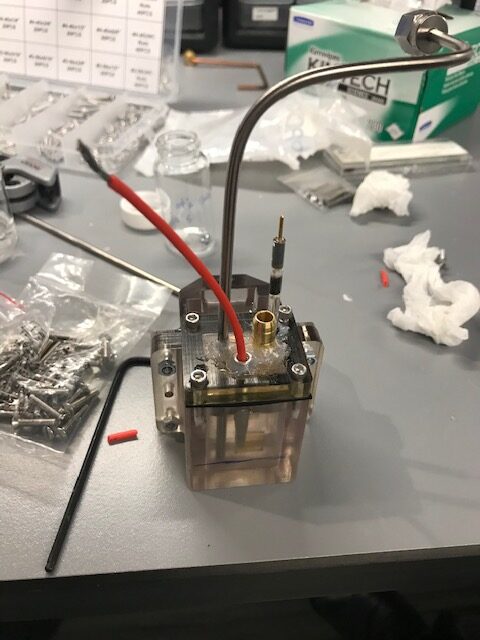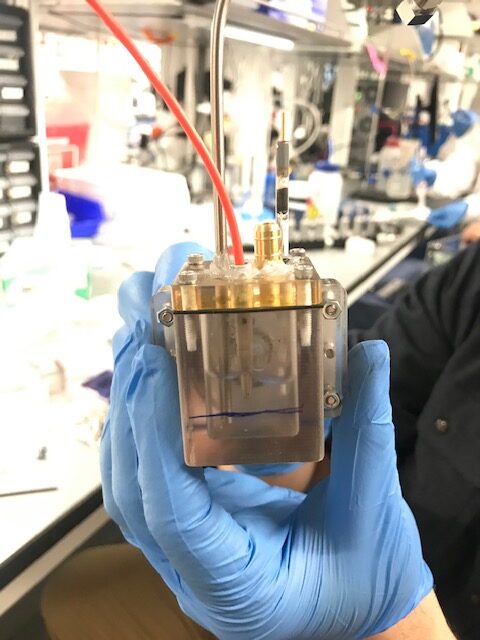
This past month of conducting my research, I’ve been focusing on analyzing my data that I acquired from my experimental runs. The most important number to get from these analyses, as I mentioned in my last blog post, is Faradaic Efficiency of your electrocatalyst to your desired product — a measure of what percent of the carbon dioxide the electrocatalyst was able to convert to the desired product. This number is what all the academic papers on the subject will usually put in the first line of their abstracts, and what is used to compare the success of these experiments relative to one another.

Given these factors, and the knowledge that the process to obtain it is a mathematical calculation, I assumed that the procedure would be well known and standard for all. But, it seemed that a lot of papers didn’t include the procedure used to find Faradaic Efficiency in their supplementary information. When they did, I found that they often lacked details. Or, they supplied the bare bones of the calculation without walking through the steps. When I finally did find a detailed walkthrough of the calculation that I could use, I wondered if, had I used the vast majority’s vague guidelines as my model, would I have gotten even a similar number? It was intriguing for me to see how much leeway was possible in hard scientific papers to perform these calculations differently, which a reader would see as absolutely representative of how successful the paper’s results are.